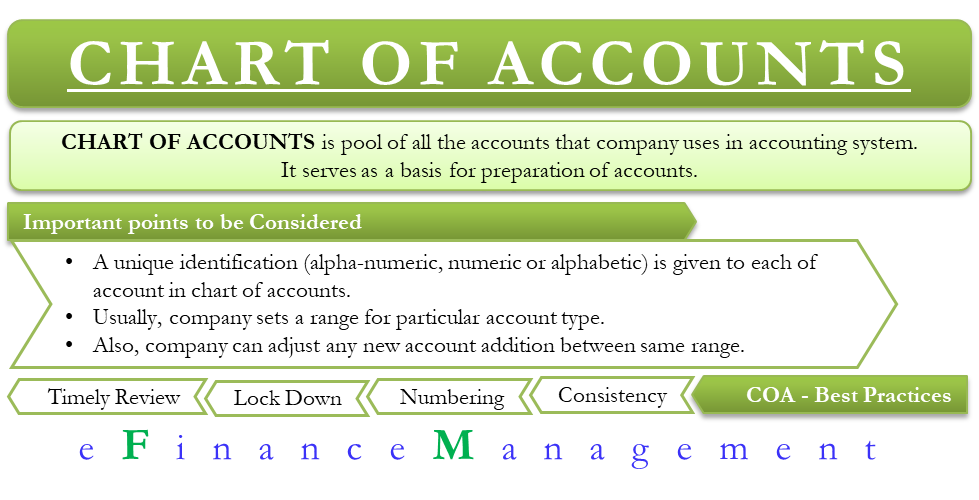
These can be used to evaluate either how a company’s performance has changed over time or how it compares to other businesses in its industry. Operating profit as a percentage of sales is referred to as operating margin. The operating profit margin would be 60% if the operating profit is $60,000 and sales are $100,000. Understanding accounting ratios and formulas is worthwhile even if you choose accounting software to do much of the hard work for you. Essential ratios and formulas will differ according to your business’s needs.
- An accounting ratio compares two line items in a company’s financial statements.
- While both are valuable resources for creating ratios, they contain very different information.
- I’ve created a quick reference guide on my LinkedIn profile for all the above accounting ratios.
- They also serve as a comparison toolbox to compare the firms’ performance to that of its peer in the same industry.
A high ratio suggests that its assets are managed better, yielding good income. Ratio analysis can predict a company’s future performance—for better or worse. When a company generally boasts solid ratios in all areas, any sudden hint of weakness in one area may spark a significant stock sell-off. Below, we present a high-level overview of why accounting ratios are important and some examples of accounting ratios that we may come across in our everyday professional and personal lives.
Accounting ratios can be performed using a simple calculation, and some accounting software applications even calculate these ratios in their reporting modules. Ratio analysis is a method of examining a company’s balance sheet and income statement to learn about its liquidity, operational efficiency, and profitability. It doesn’t involve one single metric; instead, it is a way of analyzing a variety of financial data about a company.
Efficiency ratios measure a company’s ability to convert its production into cash. These ratios are often calculated over extended periods, possibly several years. Profitability ratios are indicators used to evaluate the ability to create earnings over time when considering revenue, operational costs, assets, and shareholders’ equity.
For example, a turnover ratio is crucial for brick-and-mortar retailers. Financial ratios are mathematical comparisons of financial statement accounts or categories. These relationships between the financial statement accounts help investors, creditors, and internal company management understand how well a business is performing and of areas needing improvement. The ratio measures the value of a company’s dividends compared to the market share. To measure revenue generation, divide net sales by the average total assets over a specific period.
Valuation Ratios
Keep in mind that most outside investors will want to see an ROI of at least 10% to 15% on their investments. While both are valuable resources for what is a bank statement creating ratios, they contain very different information. A ratio is the relation between two amounts showing the number of times one value contains or is contained within the other.
Analysis of Capital Structure or Leverage

Sometimes called the gross profit margin ratio, it compares the gross margin of a company to its revenue. Ratio analysis can be used to understand the financial and operational health of a company; static numbers on their own may not fully explain how a company is performing. Though this seems ideal, the company might have had a negative gross profit margin, a decrease in liquidity ratio metrics, and lower earnings compared to equity than in prior periods. This means the company is performing below its competitors in spite of its high revenue. A leverage ratio helps you see how much of your company’s capital comes from debt and how likely it is to meet its financial obligations.
How to Calculate Different Types of Accounting Ratios
A business with $125,000 in liabilities and $180,000 in shareholder’s equity would have a debt-to-equity ratio of 0.69. This means you currently have $1.71 in assets for each $1.00 in liabilities. Businesses should have at least a one-to-one ratio, meaning you’d have as much (or more) in assets than liabilities. Ratio analysis is often used by investors, but accelerated depreciation definition example it can also be used by the company itself to evaluate how strategic changes have impacted sales, growth, and performance. Accounting ratios are useful if you are looking to start your own business as well. Understanding your finances can help you budget, understand, and identify areas for improvement, as well as learn how to properly take on debt in order to help your business grow.
Zinc Trading Corp. has gross sales of $100,000, sales return of $10,000, and the cost of goods sold of $80,000. Operating expenses include administrative expenses, selling, and distribution expenses, salary costs, etc. The cost of goods sold includes raw materials, labor cost, and other 7 components of a good financial plan direct expenses.